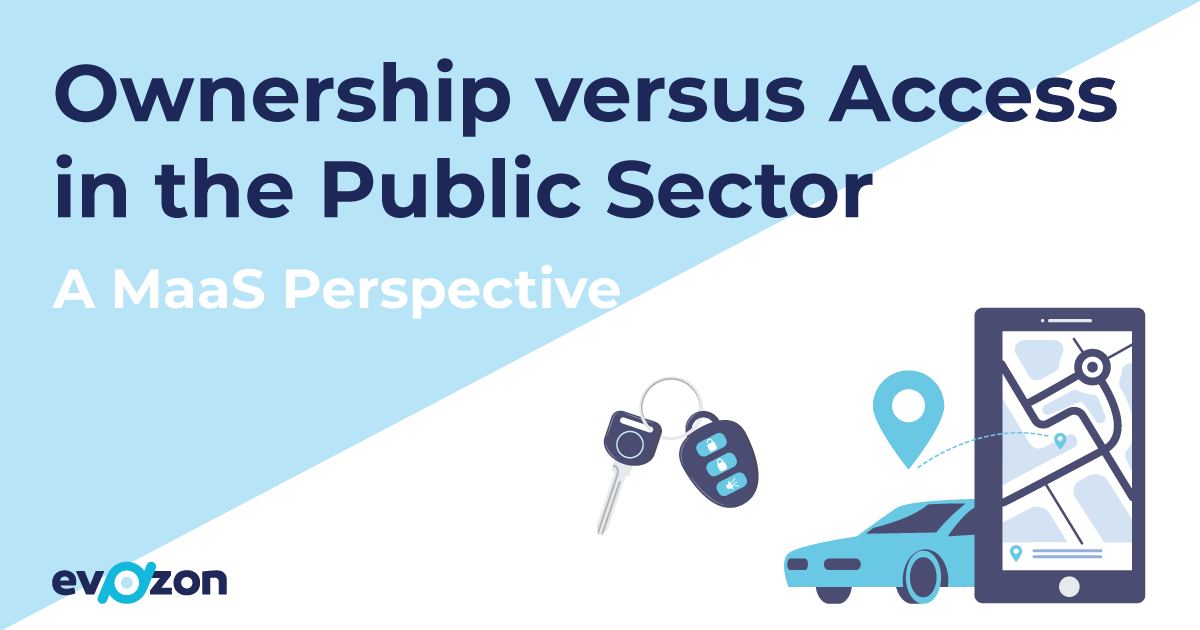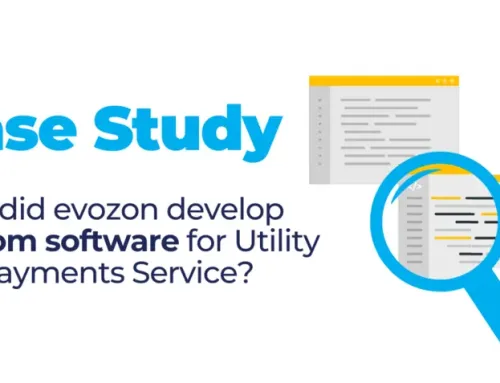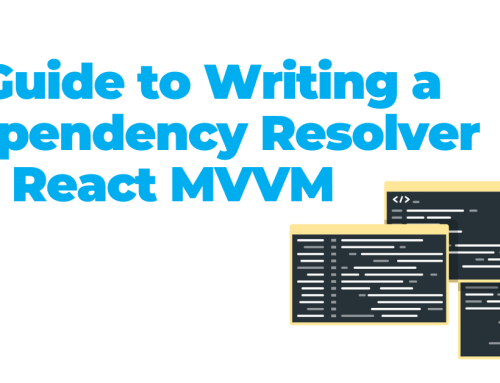Mobility-as-a-Service is amazing. We’ve settled this in our previous piece, where we briefly talked about what it implies, why it is desirable to implement MaaS solutions, and how MaaS platforms work. Let’s dive deeper and see if such an approach could determine us to press the “switch off” button on our perspectives on car ownership. Can an app that gathers all available means of transportation? Can it help us find the most convenient route using a mixture of them push us to leave our cars at home? Or are there more barriers on our way to implementing MaaS on a local, national, and international level?
MaaS – an alternative to private car ownership
As Transit Protocol mentioned in their article on MaaS “An effective MaaS will offer a viable alternative to private car ownership and usage, perhaps even making car ownership for most people senseless and irrelevant.”. From a business perspective, MaaS is an opportunity for business owners to reduce the number of their assets while increasing their efficiency and flexibility. Going further, this can also be an opportunity to assure cost reductions. It can improve the assets monitoring process, and increase the productivity of fleet managers, as they might end up with fewer tasks and less redundancy in the workplace. Implementing a powerful MaaS platform and integrating MaaS in the business plan has a lot of benefits. But what about the public sector? Can MaaS be as easily incorporated there as it is in the private sector? The opinions are shared.
Results after shifting public transport on MaaS
There are great examples of cities that shifted their public transport on MaaS. Helsinki shook the world in 2017 with Whim, which is, according to their description, “the first all-inclusive MaaS solution commercially available on the market.” But what does the app do exactly? Well, Whim gathered all means of travel under one app, made a subscription plan to include them all, and allowed its citizens to travel whenever and wherever they want around the metropolitan area of Helsinki through everything else but their private car. Sounds pretty awesome, right? But wait, there’s more. In 2018, one year after Whim’s launch, Ramboll, an engineering company from Denmark, analyzed the behavior of the over 70 000 users registered and gathered the key findings in the Whimpact. Among the result, they found out that:
- Whim users are shifting to sustainability mobility patterns, as they use a wide range of transportation options;
- Whim users make 73% of their journeys using public transportation, while the average Helsinki citizen makes 48%;
- From all the city bike trips, users mixed almost half of them with public transportation (42%);
- Whim users mixed taxis with public transportation three times more often than the average citizen.
Cities showing interest in Maas
According to the United Nations, the number of people living in urban areas will rise from 55% (as it was in 2018) to 68% by 2050. That’s a pretty huge increase. Therefore, considering humanity’s shift towards urban areas, more cities are gradually showing interest in MaaS in their search to find solutions for traffic congestions, pollution, and the rest of urbanization’s negative aspects. Whim has already expanded its services in Turku (Finland), Antwerp (Belgium), Birmingham (U.K.), Vienna (Austria), Tokyo (Japan), and Singapore (Singapore), and according to TechCrunch, it plans on expanding to the U.S. soon.
But it’s not just Whim that’s generating results. After launching UbiGo, Sweden’s MaaS solution, private car usage dropped by 44% amongst its users in Stockholm. Germany implemented Qixxit, Deutsche Bahn’s national MaaS solution, which allows customers to mix everything from flights to trains, busses, bikes, taxis, and so on. And there are many more similar initiatives! If you are curious about MaaS’s growth in the public sector, the MaaS Alliance created this interactive map which gathers all initiatives happening around the world in one place.
“The good news was that city residents had many new ways to travel without a car; the bad news was that navigating so many options complicated the process of getting from point A to point B.”
However, Mobility-as-a-Service in the public sector might not be as easy to accomplish as it seems. Bloomberg pointed out of the current downsides of MaaS: “The good news was that city residents had many new ways to travel without a car; the bad news was that navigating so many options complicated the process of getting from point A to point B.”. On this Karen Vancluysen, the Secretary-General of Polis, a network of European city transportation officials, showed her concerns regarding people’s availability to switch their commuting preferences. Therefore, she states that “[MaaS is] an appealing idea, but the assumption that offering an app to the user is going to be a revolution because people will switch to sustainable mobility right away — that’s just not going to happen.”.
So what can MaaS platforms do to become more appealing to the public sector? In a previous Bloomberg CityLab article, the author argues that we’re not looking at the situation from the right perspective. Technology isn’t the problem. But technology alone might not have the capacity to provide the expected results in this case. We have to come up with practical solutions to make our transportation system comply with MaaS and to complement the tech side.
“Technology alone won’t get us to MaaS,”
Wait, so we have to rethink our whole infrastructure? Basically, yes. Without designated bike lanes, individuals will refrain from commuting by bike. Without increasing the frequency of public transit, individuals will most probably keep on preferring to use their cars, as it’s more convenient. As David Zipper mentioned in this piece, “MaaS platforms lower one barrier to living a car-free lifestyle.”, but there are more complex obstacles we have to solve. “You can’t create the mode shift cities are looking for without repurposing infrastructure,” voices out Jeff Marootian, the director of the District of Columbia’s Department of Transportation.
He is an active supporter of MaaS, as he has been adding dedicated bike lanes and micro-mobility corrals throughout Washington to make the infrastructure more friendly to alternative means of transportation. “Technology alone won’t get us to MaaS,” says Marootian. And if you think about it, he is right. Without the intervention and support of the public authorities and institutions, shifting from private cars to public transportation, bikes, scooters, and other eco-friendly transit options is not as easy as it might seem. Policies and public investments should comply with and support the reduced car dependency goal. Local and national authorities could fund the development of MaaS solutions and platforms, and they could work closely with the public and the providers to see what measures could determine the citizens to transit by other means than their private cars.
Final Thoughts
Achieving MaaS in the public sector requires teamwork among the tech industry, the community, and its authorities. As the goal is to reduce car dependency, and as every community is different, there could be public debates organized with the citizens to find out what their pain points are. Would they be open to other commuting solutions if the public transit frequency was higher? Should the local authorities invest in more parking spaces outside the city, as individuals prefer to travel by taxi? Would they rather have more bike lanes? More options for renting and parking e-scooters?
Citizens know what they require to make the shift towards public and shared means of transportation. But as significant/large infrastructure improvements won’t happen too soon, we have to admit that technology is doing a pretty good job when it comes to MaaS. PwC published a report which states the total number of cars in Europe will decline by 2025, as people shift towards mobility platforms. Slowly, but mainly surely, we will see the concept of MaaS growing in the public sector also.




